The involvement of communities in the management and enhancement of the Phou Hin Poun is a major challenge of the project. The Phou Hin Poun karst is a territory where communities derive a large part of their subsistence.
Cultural communities

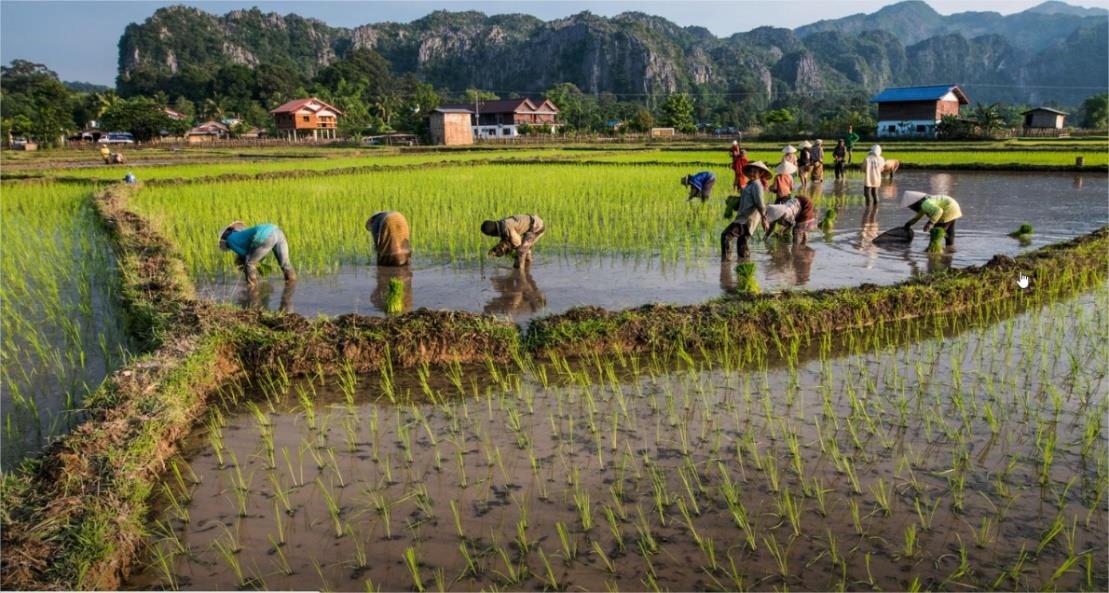
Territory partly preserved from human activity, Phou Hin Poun is a succession of reliefs that human have more or less invested according to the accessibility and the ease of cultivation of the soil. Thus, the plain of Hinboun and the basin of Natane are cultivated while the rugged and bare plateaus remain away from human exploitation.
Indeed, the Lao have a culture of spirits inhabiting various places in the landscape: caves, mountains, forests, etc. These must not be disturbed and receive offerings, so that the villagers do not suffer their anger. A large majority of the villages in the territory also have a pagoda. This territory seems at first sight rather homogeneous, whereas in reality, several cultural communities have settled, thus diversifying beliefs and traditions.
One of the emblematic festivals of the Phou Hin Poun region is the Lin Houn, in the village of Konglor, specific to the Bo ethnic group. Formerly to cure the sick, the festival is organized every year. Four buffalo skulls are then buried in the mud, there are purification ceremonies, offerings and practices specific to the shaman performed. The latter then spots the evil spirits, the villagers roll in the mud, then the pagoda is purified. The baci ceremony follows in the same place (reminder of souls in all the important circumstances of daily life) for the prosperity of the village. Then a musical procession and a ticket tree are set up around the village.
This tradition is particularly present in the village of Konglor, but during this ceremony validated by the local authorities, the bonzes (Buddhist monks), neighboring villages, foreigners, can participate in the ceremony. Thus, the different villages and inhabitants participate in a community life based on different beliefs, but rich in experience.
Local authorities
Local authorities, as co-pilots of the KARST project.
PICT (Provincial Department Provincial for Information, Culture and Tourism in Laos)
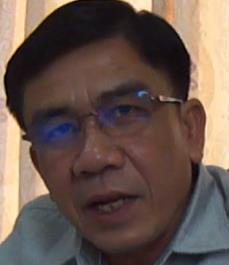
M. Saysomboun
Director PICT Khammouane
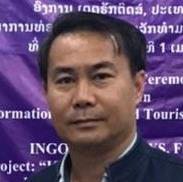
M. Manothong
Directeur adjoint PICT
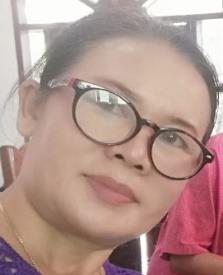
Mme. Phoxay
Projects Coordinator Tétraktys with the PICT
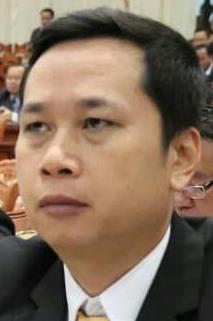
M. Somkheit
Chief of tourism at PICT
Technical partners
To carry out the objectives of the KARST project, we rely on a network of actors also involved in the Phou Hin Poun.
- IUCN (International Union for Conservation of Nature). Since 2014, the IUCN has been supporting a strategy for the protection of highly endangered white-cheeked gibbons (Nomaskis siki). IUCN is working with the Lao government and local communities to protect the species in the Phou Hin Poun Protected Area.
- Explo-Laos : Present since the 1990s, Explo-Laos is a group of speleologists with a large European majority. They are the ones who have largely explored and surveyed most of the caves in the Province of Khammouane, one of the most famous Provinces of Laos in terms of speleology. In order to better know and value the Phou Hin Poun correctly, Explo-Laos lends a hand to the Program
Consider Phou Hin Poun together
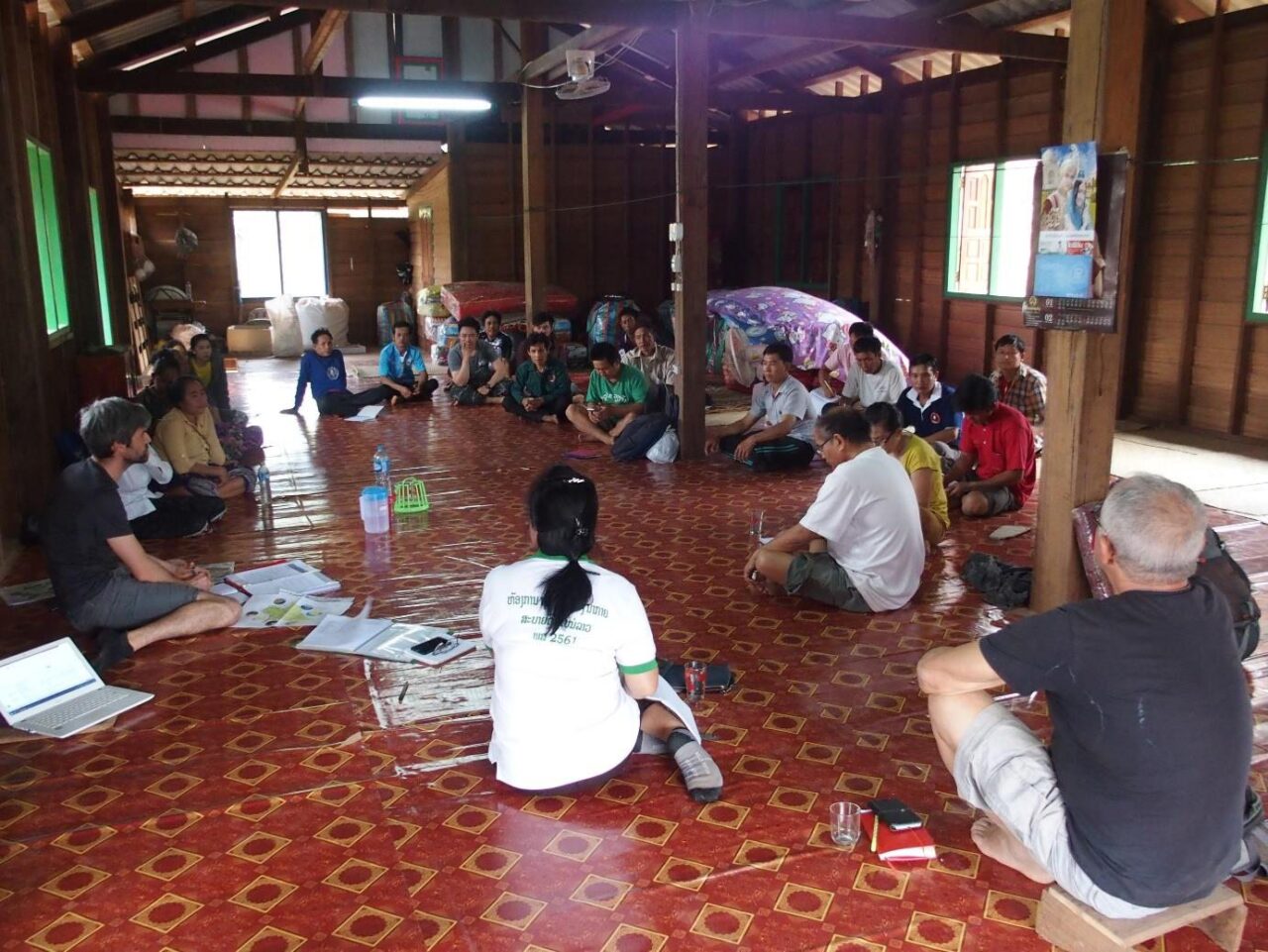
The administration of a territory is carried out by technical representatives implementing political decisions. KARST aims to prepare the conditions allowing more consideration of the voice of local communities in governance for the management of the Phou Hin Poun.
To involve the various actors around the project, it is necessary to be able to explain in the first place the villagers, local authorities and schoolchildren.
The involvement of communities is the essential condition in this territorial dynamic: the diagnosis includes a survey on the involvement of local communities and feedback workshops.
Raising awareness of the heritage of Phou Hin Poun is therefore the first step to be taken with these populations. The expression of all must also be ensured. The prefiguration phase in the field accompanied by the deployment of educational tools will encourage listening and the collection of expectations.
This approach will ensure local support for the future management plan. The provincial and local authorities will indeed have to lead the restitution activities in order to guarantee ownership of the project.
